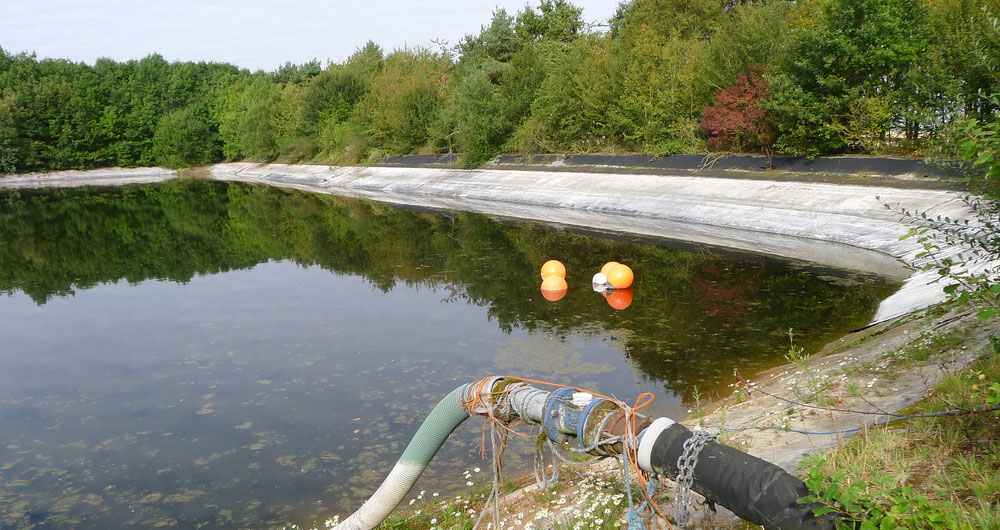A large raised reservoir is one that holds, or has the potential to hold, 25,000 cubic metres of water above ground level - about 10 Olympic size swimming pools.
The move follows the spillway failure at Toddbrook Reservoir in 2019. A subsequent report of that incident noted that, while a large proportion of large raised reservoirs already have on-site plans, many do not.
On-site flood plans are designed to manage any risk posed that may result in an uncontrolled release of water from a reservoir that would, or might, cause flooding to the surrounding area and communities. Plans should include information on key contacts and the actions the reservoir undertaker (owner or operator), or their staff, would take on site to prevent, control or mitigate such a release. Plans should be informed by Reservoir Flood Risk maps and complemented by local emergency plans to ensure preparedness for reservoir flood risks.
Defra is particularly interested in:
- what on-site plans should include
- how often they should be updated and tested
- how it can improve the guidance about preparing plans, and
- whether training for undertakers, engineers, local authority emergency planners and emergency services would be beneficial.
You can read more here on Defra’s consultation on reservoir safety plans.
The consultation closes on 10 August. The NFU will submit a formal response and we welcome comments from members to help us shape our response. Please email your comments to NFU national water resources specialist Paul Hammett: cGF1bC5oYW1tZXR0QG5mdS5vcmcudWs=
NFU members can read the NFU position on reservoir safety here.
This document is accessible to NFU members only and you will be asked to log in.
How to log in: Use your membership number or the email address associated with your membership to log in. If you've forgotten your password, you can click here to reset it or contact NFU CallFirst on 0370 845 8458.
You might also be interested in:

